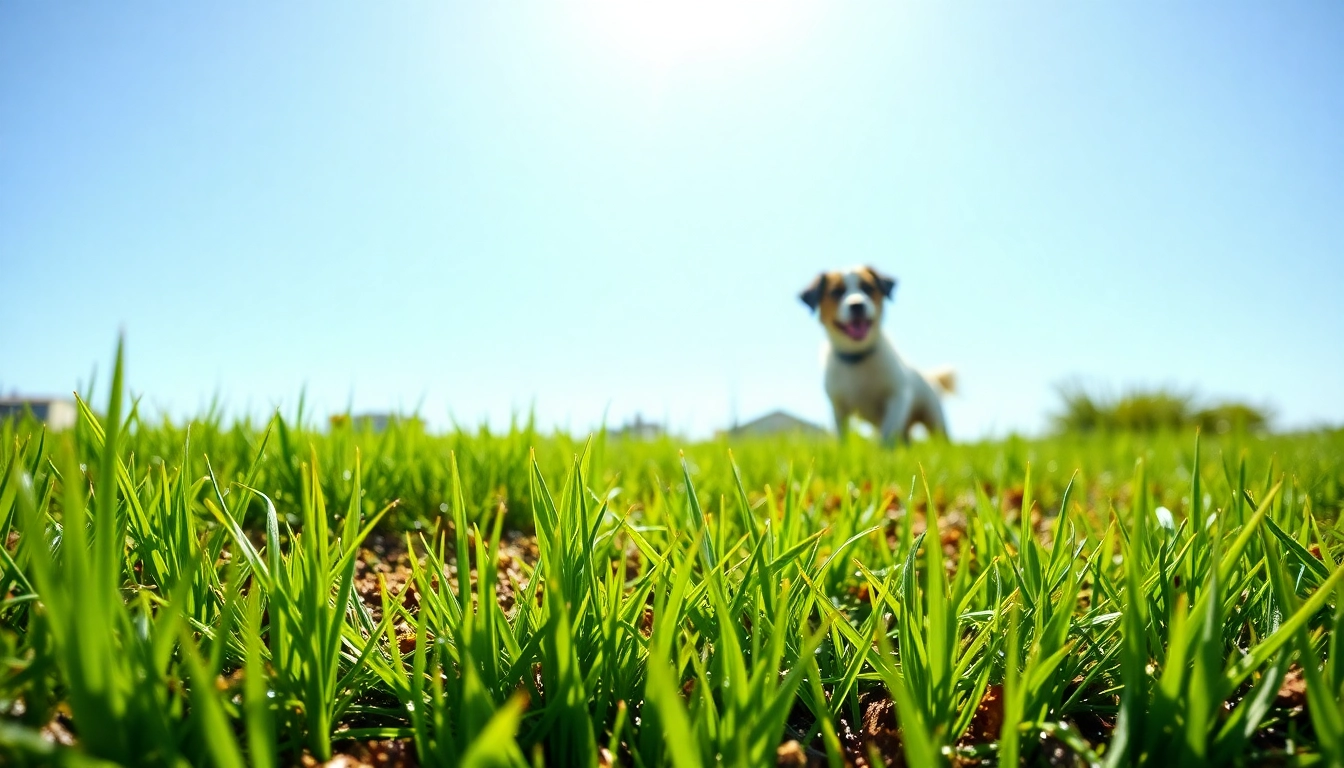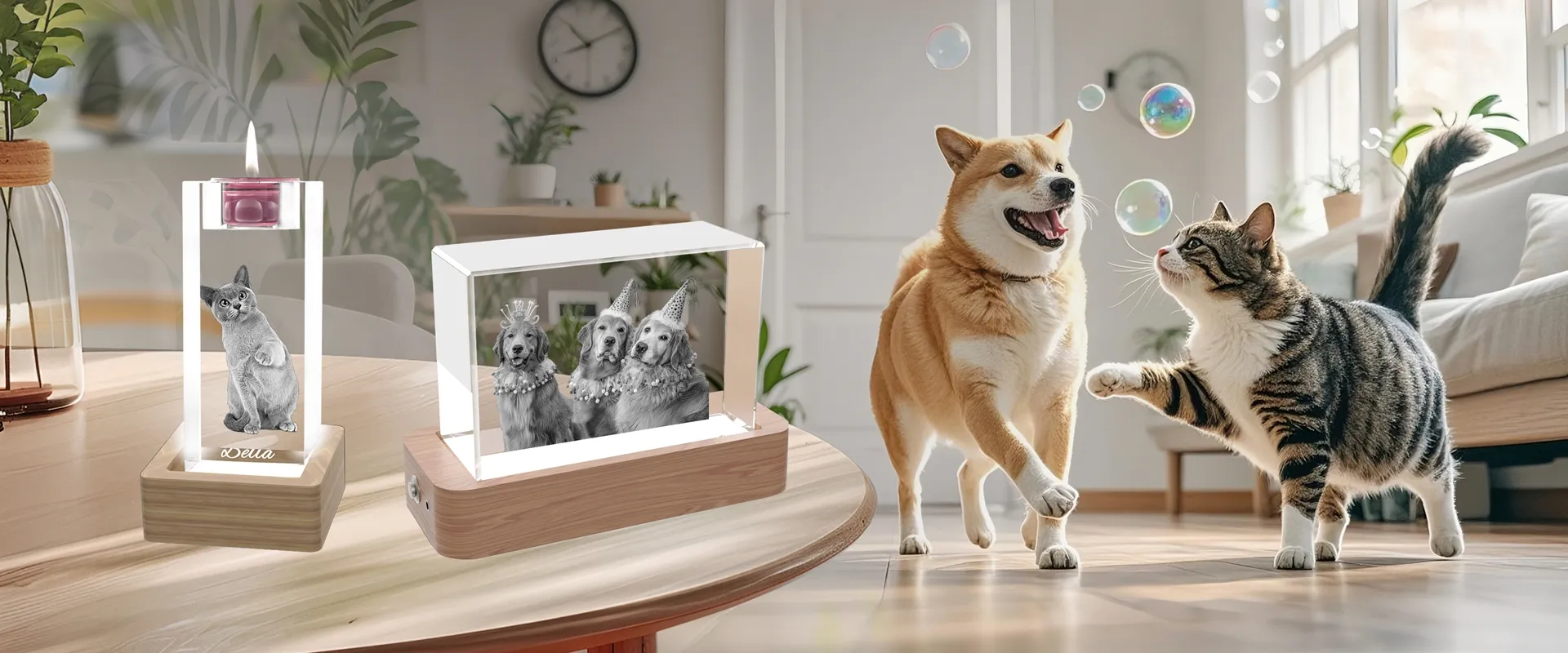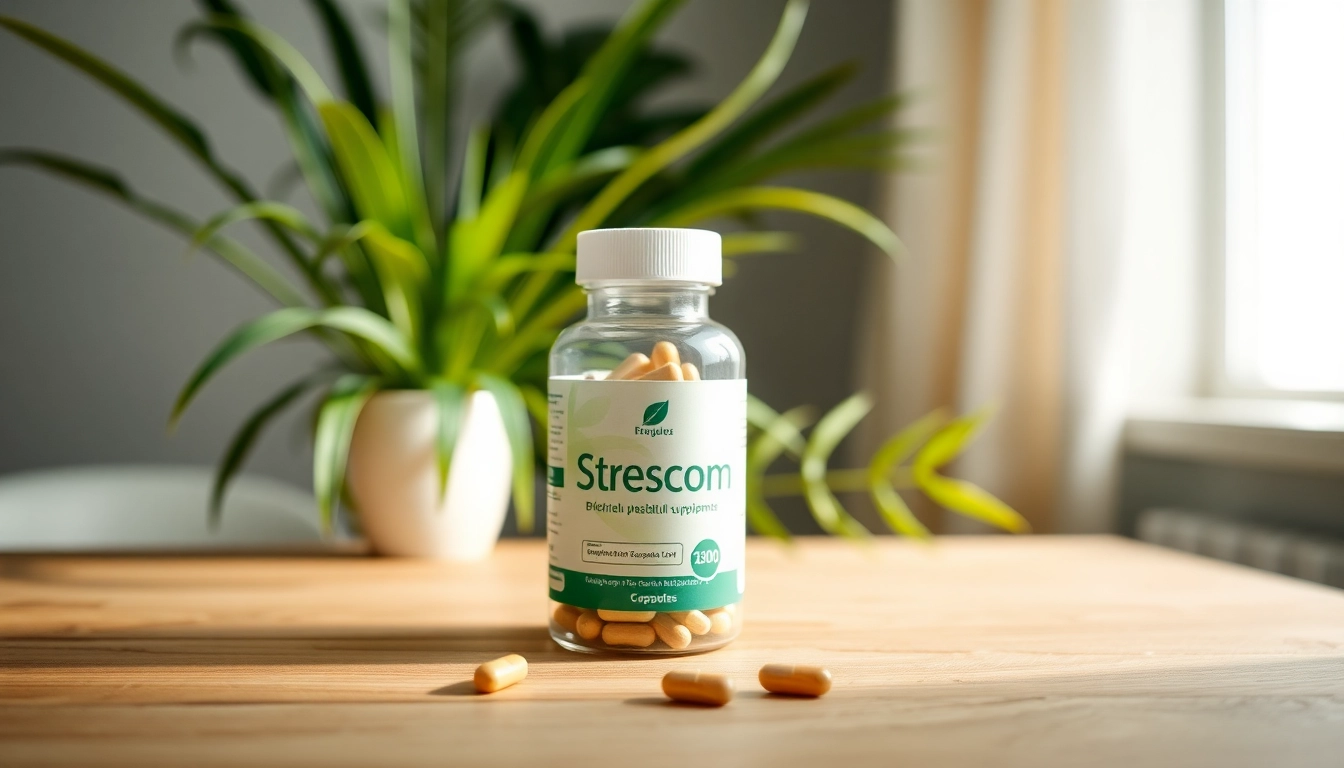
Dog ownership brings immeasurable joy, but it also comes with challenges, particularly when it comes to odors in the home. A common concern among dog owners is the unpleasant smell emitted by dog urine, notably when it lingers in carpets or outdoor spaces. Understanding the reasons behind dog pee smells bad is crucial for effective cleaning and prevention strategies. This comprehensive guide will delve into the scientific explanations, detection methods, cleaning approaches, and long-term solutions for odor control.
The Science Behind Dog Pee Smells Bad
Causes of Odor in Dog Urine
The unique odor of dog urine can be attributed to a combination of factors. Primarily, the strong scent comes from the presence of ammonia, a compound that forms when urea, a waste product in urine, breaks down. Urea itself has little odor, but as it decomposes, bacteria convert it into ammonia, which is pungent. Other components that contribute to the odor include various organic compounds, such as:
- Uric Acid: When urine dries, uric acid can crystallize, leaving behind a residue that contributes to ongoing odors.
- Hormones: Intact males and females, especially during mating seasons, may produce more potent odors due to hormonal changes.
- Dietary Factors: A dog’s diet can significantly influence urine smell. Foods high in protein can lead to stronger odors.
How Diet Affects Urine Smell
Diet plays a pivotal role in the composition of a dog’s urine. For instance, a high-protein diet may result in a stronger-smelling urine due to increased nitrogen content. Conversely, diets that incorporate fruits and vegetables may produce a less pungent odor. Here are several dietary considerations:
- High-Protein Diets: Meat-rich diets are often digested into nitrogenous waste, leading to more potent odors.
- Commercial Dog Foods: Some low-quality dog foods contain fillers and additives that can result in foul-smelling urine.
- Hydration Levels: Dehydrated dogs will produce more concentrated urine, intensifying the odor; ensuring adequate water intake is essential.
Health Issues and Their Impact on Scent
Various health conditions can also affect the smell of your dog’s urine. If you notice a sudden change in odor alongside other symptoms, consulting a veterinarian is critical. Conditions that may contribute to foul-smelling urine include:
- Urinary Tract Infections (UTIs): Infections can lead to strong ammonia odors and changes in the color of urine.
- Kidney Issues: Kidney diseases can change the concentration of waste products in urine, altering its smell.
- Diabetes: Dogs with diabetes may produce sweet-smelling urine due to excess glucose.
Identifying the Source of Dog Pee Smells Bad
Common Areas of Concern
Dog urine can seep into various surfaces, making odor detection a challenge. Some common areas where dog pee smells bad are likely to originate include:
- Carpets and Rugs: Absorbent materials can trap odor-causing substances, making cleaning more difficult.
- Hard Floors: If not sealed properly, urine can penetrate grout lines or wooden floors.
- Yard and Garden Spaces: Frequent urination in an area can lead to changes in soil chemistry, resulting in strong odors when the soil is dry.
Techniques for Spot Detection
Effectively identifying where the smell is coming from is crucial for remediation. Techniques to locate odor spots include:
- Blacklight Method: Using a blacklight in a dark environment can reveal dried urine spots, as they will fluoresce.
- Smell Test: Regularly sniffing specific areas where your dog typically urinates can help you detect lingering odors.
- Paper Towel Test: Dabbing suspected areas with a paper towel can help you determine moisture presence and odor intensity.
Understanding Urine Marking Behavior
Dogs often mark their territory as a communication tool, which can lead to concentrated areas of urine in specific locations. Male dogs are more prone to marking, especially if they are not neutered. Understanding this behavior is essential in tackling recurring odors:
- Identifying Marking Spots: Look for vertical surfaces like walls or furniture that may be marked.
- Behavior Modification: Training your dog to use specific areas can help control marking behavior.
- Spaying/Neutering: This often reduces marking behavior in both male and female dogs.
Methods to Eliminate Dog Pee Smells Bad
Natural Cleaning Solutions
When it comes to eliminating odors, natural cleaning solutions can be highly effective and are often safer for your pets and home. Some common natural methods include:
- Vinegar Solution: Mix equal parts of white vinegar and water to neutralize odors. Spray it on the stained area and blot dry.
- Baking Soda: Sprinkling baking soda on the affected area helps absorb odors; vacuum it after a few hours.
- Lemon Juice: Its acidity neutralizes odors and can be mixed with water for effective cleaning.
Commercial Products and Their Effectiveness
Several commercial products are available to tackle dog urine odors, ranging from enzymatic cleaners to odor-neutralizing sprays. When selecting a product, consider the following:
- Enzymatic Cleaners: These break down the proteins in urine, effectively eliminating odors rather than masking them.
- Odor Neutralizers: These products eliminate scents but may not always address the underlying stain.
- Surface Compatibility: Ensure the product is safe for the surface being cleaned to prevent damage.
Step-by-Step Cleaning Guide
Effectively cleaning up dog urine requires a methodical approach. Here’s a step-by-step guide to ensure you eliminate both stains and odors:
- Blot Fresh Urine: Use paper towels or cloths to soak up as much liquid as possible without rubbing.
- Apply Cleaning Solution: Use your preferred cleaning method—in either homemade or commercial cleaning solutions.
- Let it Sit: Allow the solution to sit for 5-10 minutes to work effectively.
- Rinse and Blot Again: Rinse the area with water and blot dry to remove any remaining cleaning solution.
- Use Baking Soda: After the carpet is completely dry, sprinkle baking soda to absorb any lingering odors.
Preventing Future Dog Pee Smells Bad in Your Home
Training Your Dog to Use Designated Areas
One of the most effective strategies to control dog urine odor is effective training. Establishing designated potty areas both in your yard and indoors can help mitigate odors:
- Puppy Training Pads: For puppies, using pads can help direct them to a specific area.
- Outdoor Designation: Regularly take your dog to the same outdoor spot to promote consistency.
- Positive Reinforcement: Reward your dog when they use the designated area to reinforce the behavior.
Regular Cleaning Routine Recommendations
Implementing a consistent cleaning routine can significantly reduce the impact of dog urine odors. Here are some routine recommendations:
- Weekly Inspections: Regularly check areas where your dog frequently urinates.
- Routine Carpet Cleaning: Professionally cleaning carpets annually can help eliminate underlying odors.
- Outdoor Space Maintenance: Keep your yard clean by picking up after your dog promptly.
Enhancements for Outdoor Spaces
In outdoor areas, creating a designated dog toilet area can lessen odors in the rest of your yard. Here are options to consider:
- Designated Urine Zones: Choose a specific area with gravel or mulch that can help absorb odors.
- Plant Choice: Certain plants, such as clover, can help reduce odors due to their natural properties.
- Soil Enhancements: Certain soil amendments can lessen the concentration of urine odors in organic material.
Long-Term Solutions for Dog Pee Smells Bad
Landscaping Choices That Mitigate Odor
Long-term landscaping choices can influence how dog urine impacts your garden. Consider the following strategies:
- Permeable Ground Covers: Use materials that allow urine to permeate, reducing concentration and odor.
- Urine-friendly Plants: Selecting resilient plants that can withstand pet-specific odors will enhance the outdoor environment.
- Designated Paths: Create a path where your dog tends to eliminate, thereby protecting other landscaping features.
Exploring Pet-Friendly Alternatives to Grass
Some pet owners opt for alternatives to traditional grasses in their yards. Consider the following options:
- Artificial Turf: This alternative is easy to clean and helps minimize odors.
- Dog-Friendly Ground Covers: Some plants like thyme or moss are more resistant to urine and odor.
- Synthetic Grass Systems: These systems can be installed with drainage, allowing for easier cleanup.
Monitoring Health for Odor Control
Keeping tabs on your dog’s health is an essential part of managing odor. Regular veterinary check-ups can help you catch health issues early. Key health checks include:
- Urinalysis: Routine tests can detect issues like diabetes or infections.
- Dietary Assessment: Working with your vet to assess dietary needs can help minimize odor-related issues.
- Weight Management: Maintaining a healthy weight is critical for overall health and can aid in urine odor control.
In conclusion, understanding why dog pee smells bad and implementing proper strategies for cleaning and prevention will create a more pleasant living environment for both you and your furry friend. Consistency in training, cleaning practices, and monitoring your dog’s health will go a long way toward controlling odors effectively.







